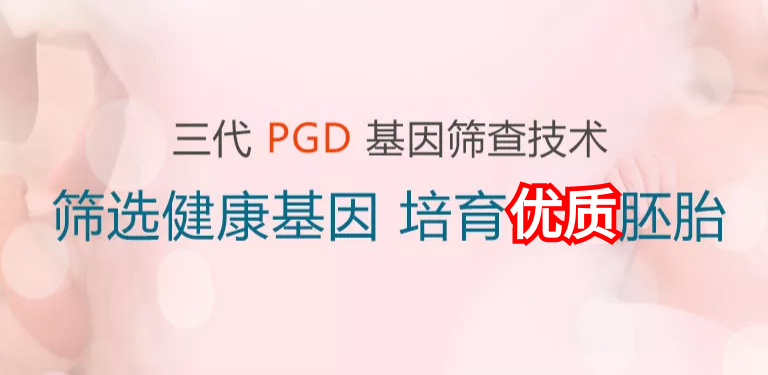Article Abstract: This article provides a comprehensive overview of the 2020 national subsidy policy for IVF (In Vitro Fertilization) in China. It discusses the background, eligibility criteria, application process, financial assistance, and the impact of the policy. The article concludes with a summary of the key points.
In recent years, the Chinese government has implemented various policies to support families struggling with infertility. One of the most significant initiatives is the national subsidy policy for IVF, which aims to make fertility treatment more accessible and affordable for eligible couples. This article provides a detailed analysis of the 2020 national subsidy policy for IVF, covering the key aspects of the policy and its implications.
Background and Rationale
The national subsidy policy for IVF was introduced in response to the growing demand for fertility treatment and the financial burden it imposes on many families. Infertility affects a significant proportion of the population in China, and the high cost of IVF often prevents couples from pursuing this option. As a result, the government recognized the need to provide financial support to make IVF more inclusive and equitable.
试管婴儿国家补贴政策的背景和原因
Eligibility Criteria
To qualify for the national subsidy for IVF, couples must meet certain eligibility criteria. These criteria typically include factors such as age, duration of infertility, and previous unsuccessful attempts at conception. Additionally, the policy may prioritize couples from low-income households or those facing specific medical challenges related to infertility.
试管婴儿国家补贴政策的资格标准
Application Process
The application process for the national subsidy for IVF involves several steps, including the submission of relevant medical records, financial documentation, and a formal application form. Additionally, couples may be required to undergo a comprehensive assessment to determine their suitability for the subsidy. The application process is designed to be thorough and transparent, ensuring that the subsidy reaches those who genuinely need it.
试管婴儿国家补贴政策的申请流程
Financial Assistance
Under the national subsidy policy for IVF, eligible couples can receive financial assistance to cover a portion of the costs associated with fertility treatment. The amount of assistance provided may vary depending on the specific circumstances of the couple, including their income level, medical history, and the type of IVF treatment required. This financial support aims to alleviate the economic burden of IVF and make it a viable option for more couples.
试管婴儿国家补贴政策的经济援助
Impact and Outcomes
Since the implementation of the national subsidy policy for IVF, there have been notable changes in the landscape of fertility treatment in China. More couples are now able to consider IVF as a viable option for starting a family, and the financial barriers that once hindered access to treatment have been significantly reduced. Additionally, the policy has contributed to greater awareness and understanding of infertility issues, fostering a more supportive environment for affected individuals and families.
试管婴儿国家补贴政策的影响和结果
Conclusion
In conclusion, the 2020 national subsidy policy for IVF represents a significant step towards addressing the challenges of infertility in China. By providing financial assistance and support to eligible couples, the policy has made IVF more accessible and affordable, ultimately contributing to the well-being of families across the country. As the government continues to prioritize reproductive health and family planning, it is essential to monitor the impact of the policy and make ongoing adjustments to ensure its effectiveness.
In conclusion, the 2020 national subsidy policy for IVF represents a significant step towards addressing the challenges of infertility in China. By providing financial assistance and support to eligible couples, the policy has made IVF more accessible and affordable, ultimately contributing to the well-being of families across the country. As the government continues to prioritize reproductive health and family planning, it is essential to monitor the impact of the policy and make ongoing adjustments to ensure its effectiveness.








